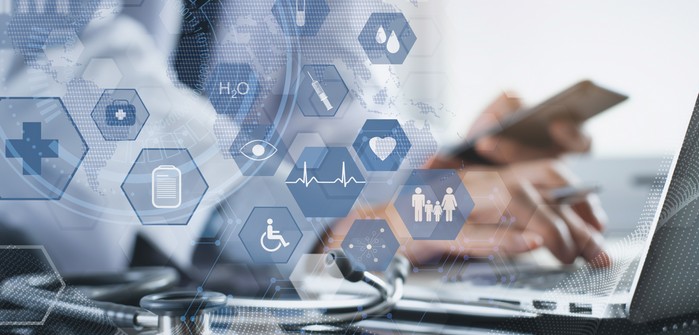With Umbrella mPERS, Essence Smartcare introduces a 5G IoT solution that promises timely help for elderly people on the go or in their own homes in case of falls.
Table of Contents: What awaits you in this article
Growing shortage of personnel in the medical sector
According to experts, a clear trend is emerging in the medical system, and not just since the current crisis. A growing number of older people, who are also developing more infirmities as they age, is encountering a decreasing number of caring and nursing staff. The reasons for this are manifold. On the one hand, demographic trends in industrialized countries are used to explain this phenomenon. For decades, the baby boomer generations have been unable to find a counterpart in their childbearing behavior. Couples are increasingly deciding against having children, not least for cost and career reasons. But the statistically ever-lengthening educational paths also prevent conscious family planning in most cases. The increasingly worsening working conditions, the relatively low pay and hardly any recognition for the mostly depriving work, not only in this field, also often deter potential offspring.
Telemedicine to combat the shortage of skilled personnel
The fact that this personnel shortage is not limited to nursing staff can also be seen in developments in mostly rural areas. As a result of severely cut back infrastructures, the willingness of many physicians to settle there and open practices often decreases. In order to counteract this situation, the area of telemedical care has been supported and promoted by the state for several years. For people who can no longer manage to leave the house for doctor’s visits or who simply do not have the time to do so for professional reasons, new opportunities are increasingly opening up in the course of advancing digitization. More and more people are already taking advantage of telemedicine services. Patients can contact doctors around the clock by video or phone, describe their ailments and seek advice on further treatment options. This is facilitated by developments such as the digital issuing and sending of prescriptions and sick notes and the online dispatch of medicines.
IoT for emergencies
However, this trend is more difficult in the area of emergency care. What good are the latest digital communication tools if they cannot be reached independently as a result of a serious fall? How can help be contacted if it is beyond personal reach? For extreme situations of this kind, a market has been developing for some time that focuses on the holistic monitoring of people at risk. The advantages of 5G IOT technology, which is currently being heavily promoted in many places, are to be fully utilized here.
Real-time monitoring as patient protection
One of the advantages of the soon-to-be nationwide 5G standard is its low latency, which enables real-time radios. In these cases, this can mean that doctors or nurses are able to respond to their patients’ crisis situations at short notice and provide rapid assistance at any time. This performance is enhanced by the combination of 5G with the Internet of Things (IoT). Devices that can capture and map environmental factors in as much detail and time as human functional values enable much better situation analyses than before.
Essence SmartCare: The fast help
The telecare company Essence SmartCare has developed a solution for just such purposes, designed to protect people from major harm. For example, vulnerable retirees can conveniently wear the company’s Umbrella mPERS device on their belt or as a key fob, allowing them to communicate their location to care providers at any time. This is connected to an IoT cloud, which evaluates and monitors the data generated in real time. Using GPS and indoor sensors, falls to the ground can be quickly detected, triggering immediate alerts to the relevant services. In addition, the product includes a 5G hands-free device that allows even impaired people to request help. The technology incorporated in the process also impresses with its water resistance, environmental compatibility and energy efficiency. The device is constantly charged wirelessly via the Qi charging standard, which should benefit forgetful people.














